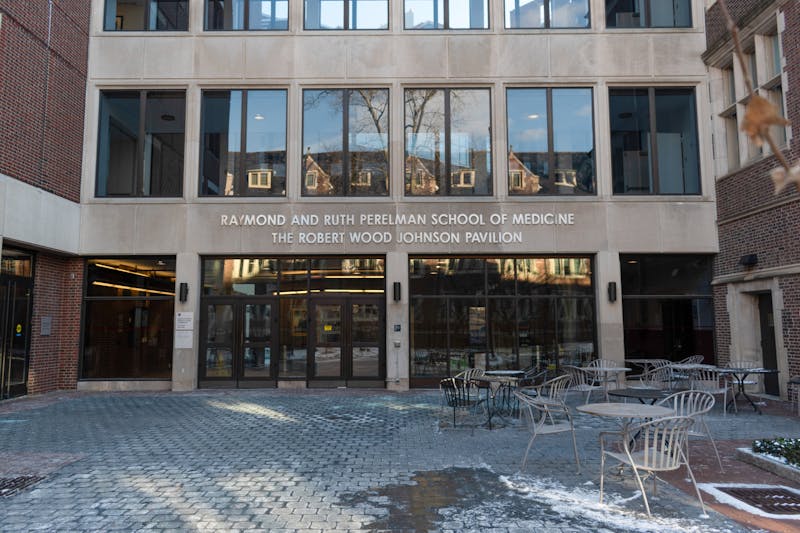
While many robots can carry out user orders directly, few robots have the technology to transform autonomously to complete tasks. Engineering researchers at Penn's ModLab, located in the Pennovation Center, are working on breakthrough technologies for robots to respond to environmental changes.
The technology, called the Self-Assembling Modular Robots for Extreme Shapeshifting electro-permanent system or SMORES-EP for short, was recently published in Science Robotics on Oct 31. According to the article, the ModLab's robots are able to use high-level planning to change their shape in response to obstacles in their environment to accomplish high-level tasks.
The cube-shaped robots are designed to use 3D mapping to analyze their surroundings and select a possibly body configuration from a built-in library of possible shapes, ModLab's website specifies. Additionally, the robots are equipped with magnets to connect to other modules and do not require external tools to change shape.
Penn students and professors involved in this research include ModLab director Mark Yim — a professor in the Department of Mechanical Engineering and Applied Mechanics in the Engineering School — as well as Tarik Tosun — a 2018 Penn doctorate graduate in Mechanical Engineering and Applied Mechanics. Both Yim and Tosun have been involved with the development and creation of the algorithm used to teach SMORES-EP how to avoid obstacles.
Further development of these robots could have important long-term implications for the future of robotics, according to Penn Today. The article cites uses for ordinary, everyday household tasks and disaster situations such as search-and-rescue missions.
Currently, companies such as Google and iRobot, which created the household-cleaning robot system Roomba, are developing methods for household robots to be able to map out their environments in detail. The companies hope these developments will allow robots to respond to changes and adapt their cleaning mechanisms.
The work that researchers are doing at Penn, Penn Today wrote, could also contribute to the development of an even more complex robot configuration, one that transcends previously impossible boundaries such as traveling down stairs.
The Daily Pennsylvanian is an independent, student-run newspaper. Please consider making a donation to support the coverage that shapes the University. Your generosity ensures a future of strong journalism at Penn.
Donate






